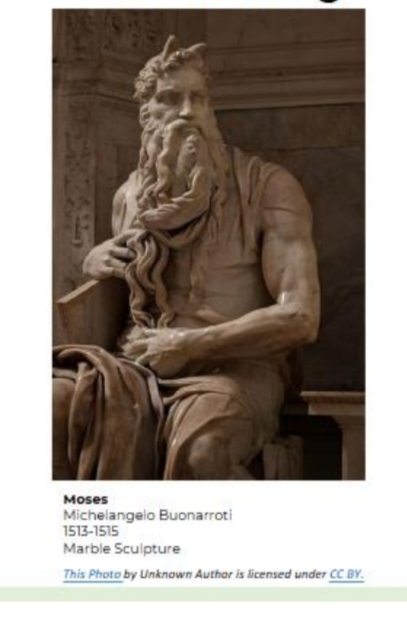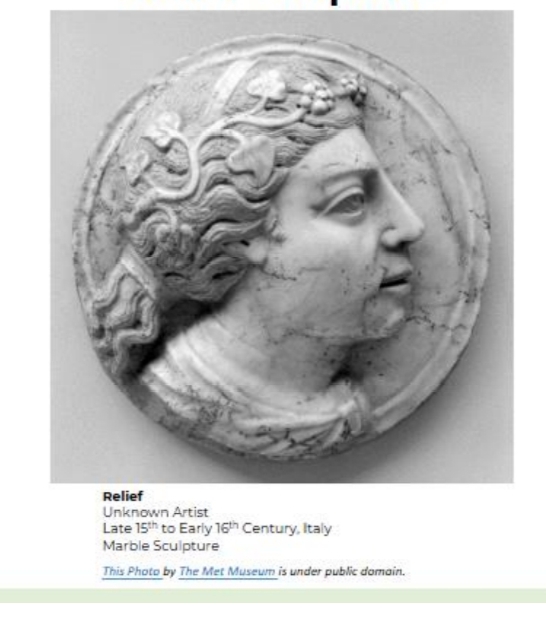art app - medium and technique
1/33
There's no tags or description
Looks like no tags are added yet.
Name | Mastery | Learn | Test | Matching | Spaced |
|---|
No study sessions yet.
34 Terms
Medium
refers to the material or means which the artist uses to objectify his/her feeling or thought.
Visual Art
Auditory or Time Arts
Combined arts
Categories Based on Medium (Ortiz et al., 1976)
Two-Dimensional
Three-Dimensional
Visual art
Music
Literature
Auditory or Time Arts
Dance
Drama
Opera
Film
Performance Art
Combined Arts
Medium
The nature of the medium determines the way it can be worked and turned into a work of art.
Each medium has inherent limitations as well as potentials.
Medium
The nature of the medium determines what can be expressed through it.
Each medium has its own range of characteristics which determines the particular appearance of the finished product.
Technique
refers to the artist's knowledge of his medium and his skill in making it achieve what he wants it to.
Artists differ in technique even though they may be using the same medium.
Painting
Mosaic
Stained Glass
Tapestry
Drawing
Printmaking
Photography
Sculpture
Architecture
Interior Design
Landscaping
What are the mediums of Visual Art?
Painting
is the process of applying pigment on a smooth surface paper, cloth, canvas, wood, or plaster - to secure an interesting arrangement of forms lines and colors.
Encaustic
Tempera
Fresco
Watercolor
Oil
Acrylic
Painting mediums
Encaustic
one of the early mediums, is the application of a mixture of hot beeswax, resin, and ground pigment to any porous surface.
It is followed by the application of heat to set the colors and bind them to the surface.
Egyptians, Greeks, and Romans used encaustic to paint portrait in coffins.
Tempera
paints are earth or mineral pigments mixed with egg yolk and egg white.
Tempera was most often used in the past for painting vellum in the production of books.
Now, is normally applied on wooden panels carefully covered with gesso, a combination of gypsum or chalk and gelatin glue.
Fresco
painting is the application of earth pigments mixed with water on a plaster wall while the plaster is damp.
Color sinks into the surface and becomes integral part of the wall permanently.
Watercolor
is tempered paint made with pure ground pigment bound with gum arabic.
Painters apply water color in thin, almost transparent films.
The surface of paper then shows through, giving delicate, luminous texture to the painting.
oil
pigment ground in linseed oil is applied to a primed canvas.
is a very flexible medium and can be applied using a brush, air brush, palette knife, or even with bare hands.
Acrylic
Synthetic paints using acrylic polymer emulsions as binder are the newest mediums and the ones that are widely used by today's painters.
combines the transparency and quick-drying characteristics of watercolor and the flexibility of oil.
Mosaic
are wall or floor decorations made of small cubes of irregularly cut pieces of colored stone or glass called tessarae.
These are fitted together to form a pattern and glued on a surface with plaster or cement.
Stained glass
developed as a major art when it appeared as an important part of the Gothic cathedral.
It is translucent glass colored by mixing metallic oxides into the molten glass or by fixing them into the surface of the clear glass.
Tapestry
Walls of palaces, castles, and chapels in Europe were decorated in the middle ages with tapestries.
These are fabrics into which colored designs have been woven.
Drawing
is the most fundamental of all skill needed in the visual arts.
may be a study, sketch, cartoon, or a finished work in itself.
can be done using graphite (pencil), pen and ink, pastel, chalk, charcoal, crayons, or silver point.
Printmaking
is a graphic image that results from a duplicating process. Each print is an original work, not a reproduction.
Relief printing
Intaglio printing
Planographic process
Stencil Process
Printmaking mediums
Relief printing
involves cutting away a block of wood or linoleum the portions of design that the artist do not wish to show, leaving the design to stand out on the block.
The uncut, smooth surface is then covered with ink, which under pressure, leaves an impression on paper.
intaglio printing
design is etched into a metal plate. The incised or depressed area is filled with ink, which under considerable pressure, leaves a sharp impression on damp paper.
planographic process
is one form of printing in which surface has been treated chemically or mechanically so that some areas will print and others will not.
The design is drawn with a greasy crayon or pencil on a slab of special limestone or zinc plate. The drawing is fixed with acid solution, then a greasy ink is spread over with a roller. A print can be made by pressing a piece of paper in a plate.
Stencil process
is done by cutting design out of special paper, cardboard or metal sheet in such a way that when ink is rubbed over it, the design is reproduced on the surface beneath.
Photography
is literally drawing with light. It shows actual likeness of the objects photographed.
makes use of technology: camera, films, chemicals, or computer programs.
Sculptures
are three-dimensional forms constructed to represent natural or imaginary shape.
Free-standing = in the round
Relief = flat background
Mobile kinetic sculpture
Free-standing

Relief Sculpture

Architecture
is the art of designing and constructing a building which serves specific functions from providing shelter to meeting the technological demands of modern cities.
Interior design
is concerned with the selection of space and furnishings to transform an empty shell of a building into a livable area.
work with furniture, appliances, fixtures, draperies, and rugs with an eye for texture and color.
Landscaping
is the artificial arrangement of outdoor areas to achieve a purely aesthetic effect.
The landscape artist makes use of the terrain as his basic medium, along with sand, rocks, water, and growing plants found on it.